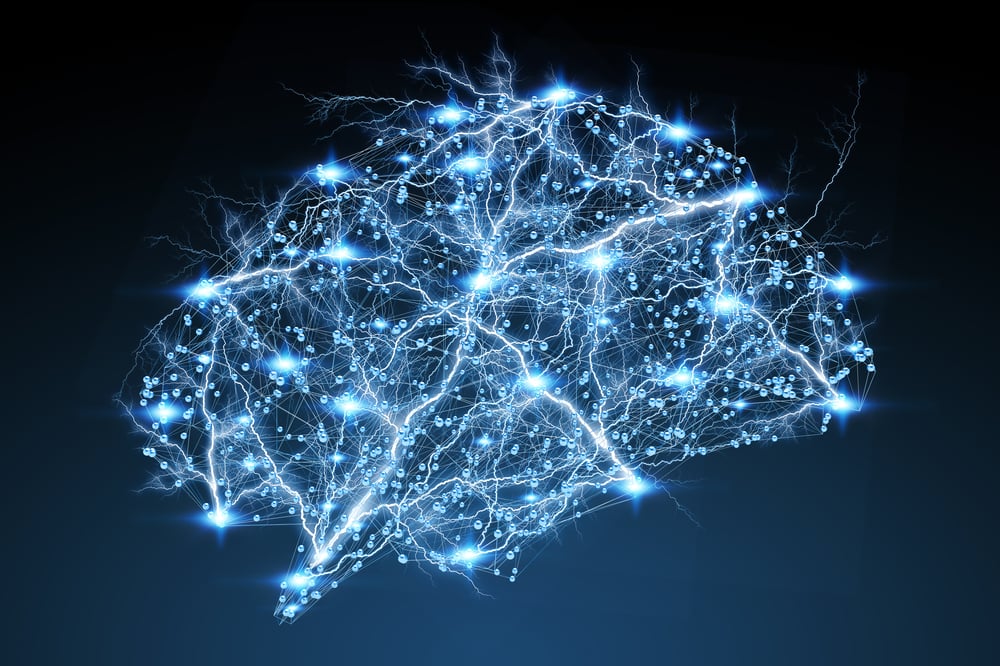Newsletter Signup - Under Article / In Page
"*" indicates required fields
Sania Therapeutics, which develops genetic medicines for neural circuit dysfunction, has launched with the unveiling of its platforms at the American Society of Gene & Cell Therapy (ASGCT) conference.
Sania Therapeutics’ approach combines the evolution of adeno-associated viruses (AAV) in human neural circuits, the fundamental components of the nervous system, and tuneable conditionally-activated ion channels. The company said this means breakthrough efficacy by correcting dysfunctional neural excitation, thereby unlocking a broad range of diseases both within and beyond neurology.
The company’s technology platforms were first developed at University College London by Sania Therapeutics’ co-founders. The launch follows the closing of an oversubscribed series seed financing, proceeds of which have been applied to platform development, advancing a lead program in motor disorders, as well as initiating additional undisclosed programs which leverage platform capabilities.
“We formed Sania with a simple yet powerful vision: to be the first in developing medicines that treat disorders of neural circuits selectively. Today, we are excited to demonstrate proof-of-principle data and unveil our platforms,” said Andy Murray, CEO and co-founder of Sania Therapeutics.
Sania Therapeutics looks to human-centric delivery of tuneable genetic neuromodulation
Sania Therapeutics unveiling its core patented technology platforms and proof-of-principle data at ASGCT. The platforms enable the precision delivery of proteins for neuromodulation to selected individual neural circuits.
Human-centric precision delivery is enabled by Sania Therapeutics’ R-Scan platform, which leverages the combination of microfluidics with a diverse population of human induced pluripotent stem cells to recreate human neural circuits in a dish. This enables the directed evolution of human-centric AAVs. The proof-of-concept data being presented for R-Scan is generated in fully functional human motor neuron-muscle circuits. R-Scan is complemented by a second platform, Gre-Scan, a novel and proprietary technology for the high throughput screening of gene regulatory elements.
These platforms are combined with Neu-Scan, which facilitates tuneable genetic neuromodulation through the testing and validation of the overexpression of conditionally-activated ion channels. The presented proof-of-concept data demonstrate that the platform has identified ion channels, deliverable by AAV, that enable the treatment of dysfunctional neural excitation, the company said.






